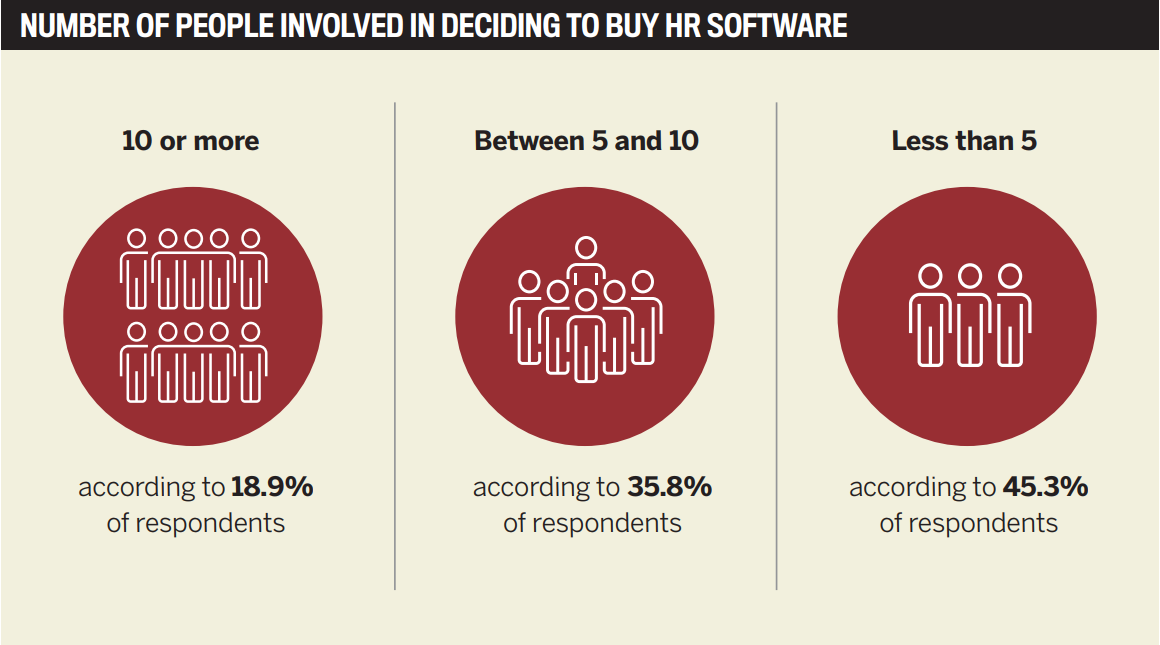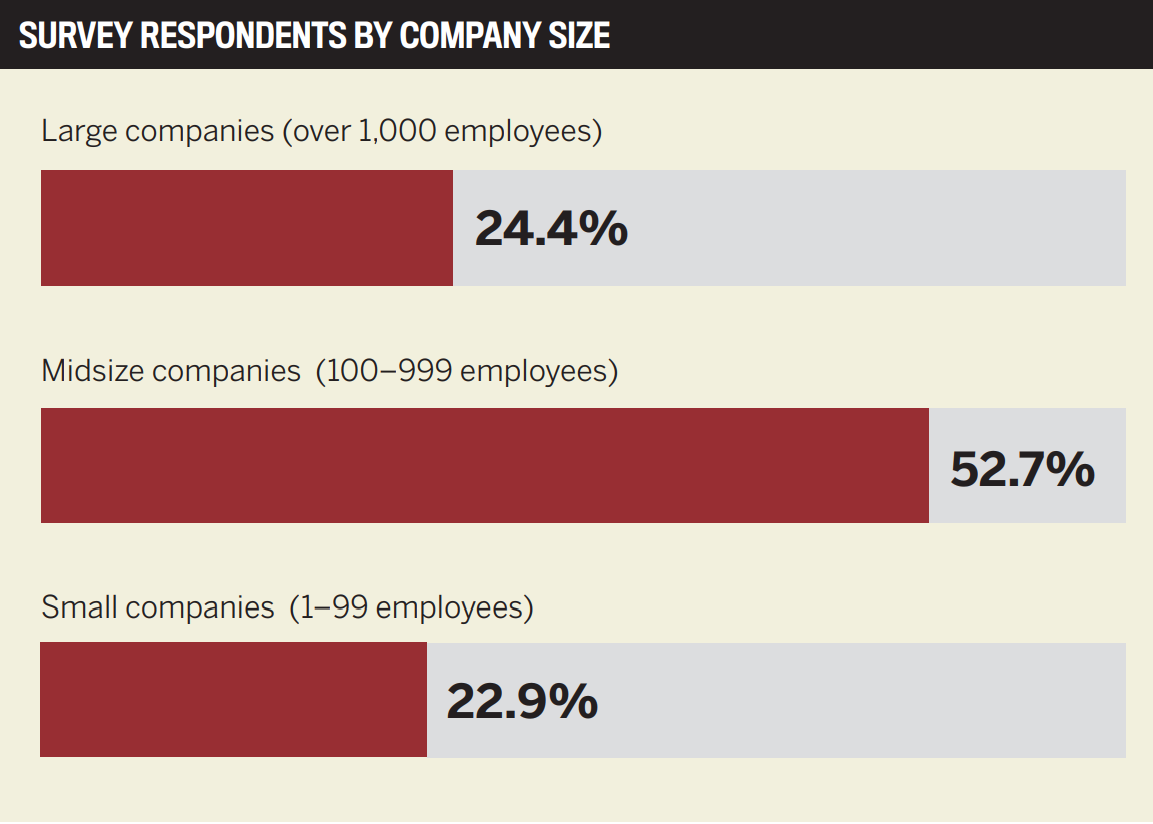
NZ employers went the extra mile in software creation

As the economies of Australia and New Zealand rebound from the COVID-19 health and financial crises, organisations in the region are evaluating their approach to attracting, retaining and developing talent as a key asset for business recovery. At the heart of this strategic shift is the adoption of innovative HR software solutions that respond to the changing needs of the workforce in the wake of the pandemic. The lessons of the past year have prompted HR and business leaders to examine not only their crisis response strategies but also their recovery plans in 2021. An important aspect of this is their investment in HR technology (89%), a key decision that drives impact across different stages of the recovery cycle, research for HRD’s 5-Star Awards for HR Software has found.
The job market is one economic sector that’s exhibiting signs of recovery. As communities emerge from lockdowns, job vacancies in the region have also increased. In June 2021, data from the Australia and New Zealand (ANZ) Banking Group showed a 129% year-over-year rise in job openings.
The finding supports what workforce analysts today call the “great employment shuffle”, or the new war for talent post-COVID. This year, employers are likely to see an exodus of talent in pursuit of a better work environment and better employee benefits, such as flexible working, health insurance and paid leave, according to HRD’s research.
“The latest research [indicates] that 40% of employees are thinking about resigning in the next year,” says Dave Johnson, corporate sales manager at JobAdder, one of this year’s recipients of the HRD 5-Star HR Software award. “HR technology will need to support HR leaders to increase their retention and avoid that sort of brain drain, but also to give them the ability to secure high-calibre candidates and a salary report – and all of that without actually increasing the workload of the HR team,” Johnson says.
Organisations that invest in HR tech are staying ahead of a possible brain drain in the region by keeping an eye on talent trends and preparing for these shifts even before they occur within their own teams. The latest HR software solutions capture the entire employee life cycle, giving HR and business leaders visibility into their talent pool in this next phase of growth. In fact, nine in 10 HR leaders (89%) surveyed by Reward Gateway, one of HRD’s 5-Star HR Software award winners, believe technology will be critical to employee retention after the crisis.

Machine learning, a subset of artificial intelligence, emerged as one of the top technology investments driving the most impact in HR in the wake of COVID-19. Employers in the past year have turned to tools, such as predictive analytics, that are built into a number of human capital management software systems today. These tools can purportedly make predictions about talent activity – or “at least suggest where there might be potential issues”, says Gordon Starkey, chief operating officer at ELMO Software, which won two HRD 5-Star HR Software awards for 2021.
With an integrated AI analytics platform, modern software solutions enable organisations to intervene before concerns become actual risks. “This has definitely brought the need for AI forward,” Starkey says. “To have the data accessible to be able to make those decisions in an educated way is certainly [an] important part for people management to move that to the next level.”
AI-powered HR software gives employers data on their talent pool – data that is essential to managing a hybrid, remote or mobile workforce. In the new era of work, each workforce segment faces unique challenges, such as the need to stay connected with managers and colleagues and to stay focused on tasks even as they work offsite, HR leaders tell HRD. Workforce analytics software, for example, provides an overview of talent movements and employee sentiments within an organisation.
“You won’t be seeing your staff every day or having that face-to-face interaction, yet you still need to make sure they’re engaged, they’re enabled and they’ve got the right support,” Starkey says.
There has never been a more challenging time in the post-industrial age for talent acquisition, retention and development than now, says Stephen Moore, Ceridian’s head of AsiaPacific and Japan. The HCM specialist also won a 5-Star HR Software award.
“We have to learn to collaborate virtually, yet we still need to be connected and draw from our organisations those values that are important to us collectively and individually,” Moore says.
For the HR tech leader, the COVID-19 crisis has allowed employers to examine the value that their workers bring, even when they are not in a shared physical environment. “We were once paid to attend work, but we weren’t valued for our outputs,” he says.
The challenges of hybrid working, however, prove how HR software, particularly cloud-based solutions, have created value for organisations by empowering employees to contribute to their teams and access their tools securely regardless of their physical location, he says.
Most organisations are also “not going back to the old way of working – that time has gone,” Moore says. “The organisations that can adapt to that shift, those who are not just enabled by the technology but by the culture that underpins the organisation and is enshrined in their technology, will be the employers of choice in the future.”
For Gordon Starkey of ELMO Software, the challenge for HR software vendors is to make sure they can “cover all bases and really bring people together, irrespective of where and how they’re working”.
“We’ve seen a really big shift in terms of HR software being potentially seen as just the automation of process, but, in this new digital and remote world, it’s also playing a big role in terms of the employee experience [EX] and employer brand,” he says.
Modern HR software solutions support cross-functional communication within their environment, especially when managers are tracking, reviewing and approving documents, or facilitating performance reviews, promotions and succession planning. This tech-driven approach to strategic HR functions helps improve the overall EX, a survey for HRD’s 5-Star HR Software awards shows.
Innovative HR solutions enable organisations to update staff through automated emails and in real time via push notifications on their desktops or mobile devices. They can hold pulse surveys on a daily, weekly and monthly basis; communicate the company’s employee value proposition across channels; and drive engagement with staff members even when they cannot interact with them face-to-face.
These solutions level the playing field for all segments of the workforce. “It’s very difficult to recognise a colleague who doesn’t have the advantage of attending a town hall meeting,” says Kylie Green, SVP of global sales at Reward Gateway, a winner of the 5-Star HR Software award.
“Organisations are really now focused on how they can find new ways to keep their employees connected, between the organisation and their people; new ways to recognise employees who may not be sitting side by side in the office,” she says.
In a recent survey, Reward Gateway found that almost 40% of HR leaders said meeting the unique needs of a hybrid workforce would continue to be a challenge in 2021 and beyond. While technology plays a role in how employers “communicate and connect with all employees, whenever and wherever they are working”, a culture of reward and recognition also underpins employees’ level of engagement in a hybrid work environment.
Digital solutions must therefore align with an organisation’s strategic goals, and this entails “shining a spotlight on the values and behaviours employers want to see repeated” and “recognising employee contribution, whether they are working in person or as a frontline employee”, Green says.

Software accessibility and integration are two trends that go hand in hand in the work-from-anywhere revolution, HRD’s findings show. “While the trend has been happening for some time, it’s just completely accelerated with what we’ve all had to cope with in the last year or so,” says Zane Knight, director at ConnX. This year, the company won three 5-Star HR Software awards for its all-in-one HR platform.
Knight says having a single integrated platform for all managers and employees not only eliminates the hassles of working with multiple tools but also provides employees with a positive user experience. “Instead of having five apps, five different logins and remembering different passwords, we want to provide all that under one login,” he says.
Ease of integration and cost-effectiveness were two of the most popular features HR leaders wanted in their choice of software, according to HRD’s research. This suggests a growing interest in all-in-one HR tech solutions that offer value for money in the long run. “We’ve seen a greater drive towards single-vendor solutions rather than trying to implement many different solutions across multiple vendors,” Starkey tells HRD.
See a full list of HRD NZ’s 5-Star HR Software award winners here.